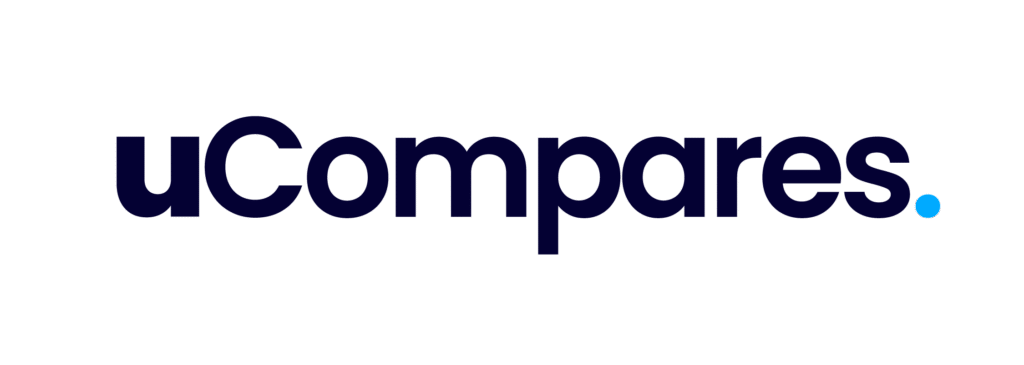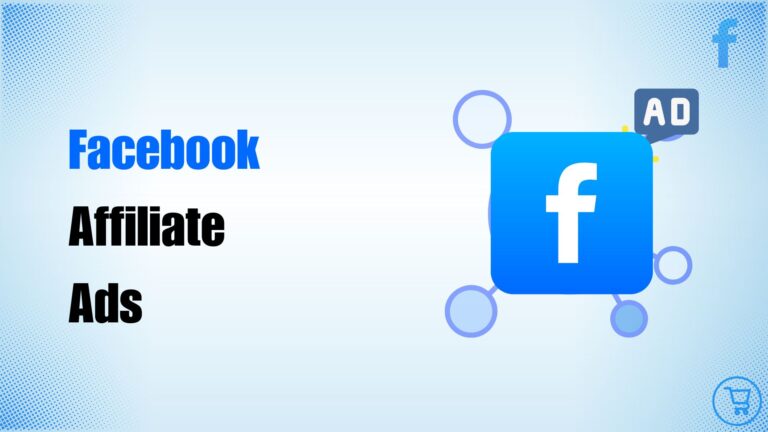Featured Social Media Software:
What if your next scroll on Facebook turned into a money-making strategy? Imagine promoting products to thousands of users daily and earning each time someone clicks and buys. Facebook Ads have made this not just possible but incredibly accessible for beginners. But where do you begin when you’ve never launched an ad before? How do you make people trust your link and actually buy through it? If these questions are buzzing in your head, you’re about to unlock the answers that turn ad spend into real income.
Affiliate marketing combined with Facebook Ads can feel overwhelming at first but it doesn’t have to be. This guide breaks everything down into steps you can follow, even if you’re new. Whether you want to promote beauty products, gadgets, or courses, Facebook lets you target just the right people. Ready to start turning your passion into passive income? Let’s walk through it together.
How to Get Started with Facebook Ads for Affiliate Marketing
To begin, you’ll need an affiliate program and a Facebook Business account. Choose a niche or product that solves a real problem or adds value to daily life. Programs like ShareASale, ClickBank, and Amazon Associates are beginner-friendly and offer wide product selections.
Once your affiliate link is ready, set up your Facebook Business Manager. This tool allows you to run ads, monitor their performance, and manage your spending. Don’t rush into complex campaigns. Start with a single goal like getting clicks to your landing page. Choose “Traffic” or “Conversions” as your campaign objective, and define a tight audience based on location, interests, and behavior.
Creating a landing page before the affiliate link is crucial. Facebook discourages direct linking to affiliate offers. A simple, clean page that explains the product’s benefits and encourages action will improve conversions and maintain your ad’s approval status.
Why Facebook Ads Work for Affiliate Marketing
Facebook Ads offer unmatched precision. You’re not just throwing your ad into the void you’re placing it in front of people who are already interested in what you’re selling. With detailed targeting options, you can narrow your audience to exact demographics, locations, hobbies, and even recent online behaviors.
Another reason Facebook is effective is its scale. With billions of users, the exposure potential is massive. You can also retarget users who previously engaged with your content or page. These warm leads are more likely to convert, giving you a better return on your ad spend.
Plus, Facebook’s analytics help you refine your strategy. You can track which age group clicks more, which location buys more, and which creative performs best. This level of insight lets you continuously improve your campaigns and scale what works.
A Beginner’s Guide to Affiliate Marketing with Facebook Ads
Affiliate marketing with Facebook Ads is about building trust and delivering value through targeted paid content. As a beginner, focus on one product at a time, and test different ad formats like single images, videos, and carousel ads.
Your ad should hook viewers quickly. Use a scroll-stopping headline and a clear benefit in the copy. Highlight how the product helps, not just what it is. For example, instead of “Buy This Fitness Watch,” go with “Track Your Health Goals Without Paying Hundreds.”
Once users click your ad, they should land on a page that matches the promise of the ad. A mismatch causes drop-offs. Keep the design simple, add one call-to-action, and avoid clutter. Make the path from ad to purchase as smooth as possible.
Targeting the Right Audience and Budgeting Smartly
Your campaign’s success largely depends on targeting. Think about who needs the product you’re promoting. If it’s a baby carrier, target new parents. If it’s a smartwatch, go after fitness enthusiasts. Use Facebook’s Interest and Behavior filters to narrow your reach.
Avoid trying to target everyone. Small, focused audiences perform better and cost less. When you start, keep your budget small $5 to $10 per day is enough to test. Monitor results for 3–5 days before making major changes.
Use Facebook Pixel to track actions like clicks, sign-ups, or purchases. This data lets you retarget users who didn’t convert and create lookalike audiences to find more people similar to your buyers.
Common Mistakes to Avoid When Running Facebook Ads
One common mistake is direct linking to affiliate sites. Facebook may disapprove your ad, and users are less likely to trust a generic link. Always use a custom landing page or bridge page to warm up your audience.
Another pitfall is poor ad creative. Low-quality images, vague copy, or unclear calls-to-action kill conversions. Always test different versions (A/B testing) to see what resonates most with your audience. A small tweak can lead to big improvements.
Lastly, don’t ignore the analytics. If your ad is getting clicks but no sales, look at your landing page. If you’re getting impressions but no clicks, your creative might need work. Use insights to optimize instead of guessing.
Final Thoughts
Facebook Ads are a powerful tool for affiliate marketers, especially when used with strategy and patience. With the right product, the right audience, and the right creative, you can turn a small ad budget into consistent passive income. Focus on testing, learning, and improving each campaign teaches you something new.
Don’t get discouraged by slow starts. Most successful marketers didn’t hit gold on day one. What separates them is persistence, smart targeting, and a willingness to adapt. You’re not just running ads you’re building a system that earns while you sleep.
Frequently Asked Questions (FAQs)
How much should I spend on my first Facebook ad?
Start small with a daily budget of $5–$10. This allows you to safely test different ad creatives, audiences, and copy without risking a large amount of money.
Can I promote any affiliate link on Facebook?
Not all affiliate programs permit paid ads, especially on platforms like Facebook. Always read the terms of the affiliate program before promoting.
Do I need a website for Facebook affiliate ads?
You don’t absolutely need a full website, but having a simple, focused landing page can significantly improve your results.
What’s the best kind of product for Facebook affiliate marketing?
Choose products that have mass appeal and trigger emotions such as time-saving gadgets, beauty products, or fitness gear. These kinds of offers naturally draw attention in a busy newsfeed.
How long before I see results from Facebook Ads?
Facebook Ads typically need 3–5 days to gather enough data to analyze performance effectively. During this learning phase, avoid making changes too quickly.


